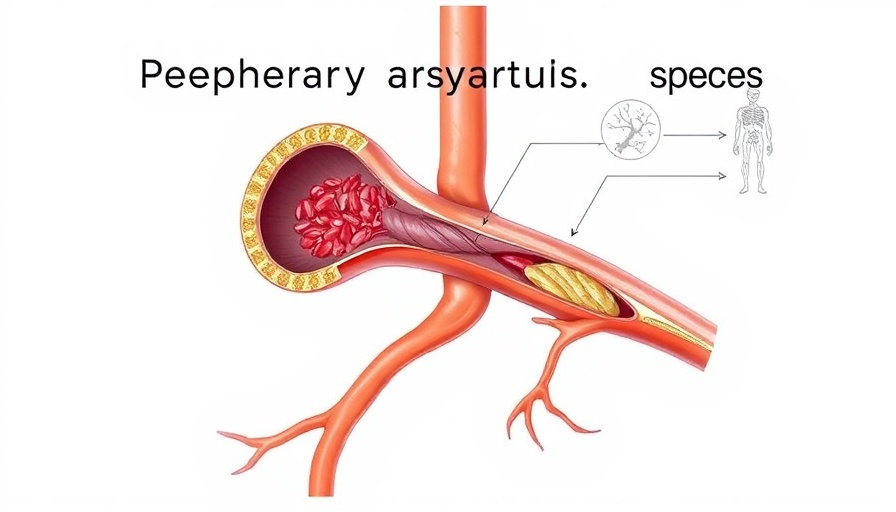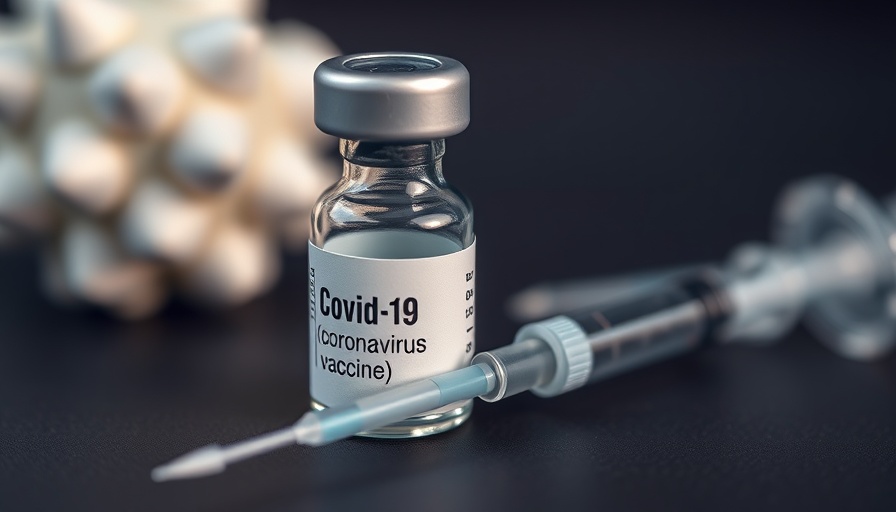
Higher Risks for PAD Patients with ESRD: The Study’s Findings
Patients with Peripheral Artery Disease (PAD) who also suffer from End-Stage Renal Disease (ESRD) are facing significantly elevated risks following endovascular therapy, according to a recent study. This group of patients, known for their unique health challenges, often confront complications that extend beyond the procedural risks encountered during therapy.
Understanding Peripheral Artery Disease and ESRD
Peripheral Artery Disease occurs when arteries narrow and restrict blood flow to limbs, often leading to pain and serious cardiovascular issues, especially for those with underlying conditions like ESRD. ESRD indicates the final stages of kidney disease, where the kidneys have lost most of their functionality, compounding cardiovascular risks significantly.
Implications of Endovascular Therapy
Endovascular therapy is a minimally invasive treatment designed to alleviate the symptoms of PAD, primarily through angioplasty or stenting. While beneficial for many, the study emphasizes that PAD patients with ESRD might not enjoy the same post-therapy outcomes as other patients due to their intricate health profiles.
Precautionary Measures Following Therapy
This heightened risk profile for PAD patients with ESRD necessitates intensive follow-up care. Health practitioners are urged to adopt a more vigilant approach post-treatment, including closer monitoring of cardiovascular parameters and lifestyle modifications to enhance patients' overall wellness. Implementing telemedicine options can also facilitate regular check-ins and provide easier access to healthcare support for ongoing management.
Moving Forward: A Call for Awareness and Education
As awareness surrounding PAD and ESRD evolves, it’s crucial for both patients and healthcare providers to understand these risks. By fostering an informed dialogue within the community, healthcare professionals can better equip their patients with the resources they need to navigate their health journeys safely.
The collaboration between clinicians and patients through platforms and services utilizing telemedicine could pave the way for improved health outcomes. And in doing so, we can enhance the quality of life for those grappling with the dual challenges of PAD and ESRD.
 Add Row
Add Row  Add
Add 




 Add Row
Add Row  Add
Add 

Write A Comment